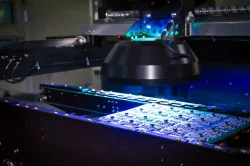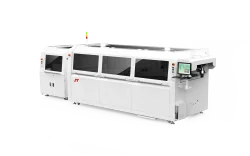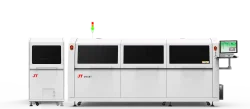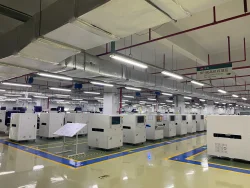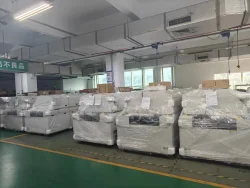The Top 5 Reasons You Need a Reflow Soldering
2023-07-14
Soldering, a reliable connection between small electrical parts for creating complex structures, has become a widespread process nowadays. One can find its practical applications in manufacturing industries, including electronics, metalworking, plumbing, and jewelry.
Reflow soldering is a method where a mixture of tiny solder particles and flux medium, known as solder paste, is mounted to the surface of a PCB. Then the PCB is heated in a reflow oven to melt the solder particles. Also, it creates a permanent mechanical and electrical bond between the electrical parts and the circuit board.
In this article, you'll look at the goals of reflow soldering and why you might need one.
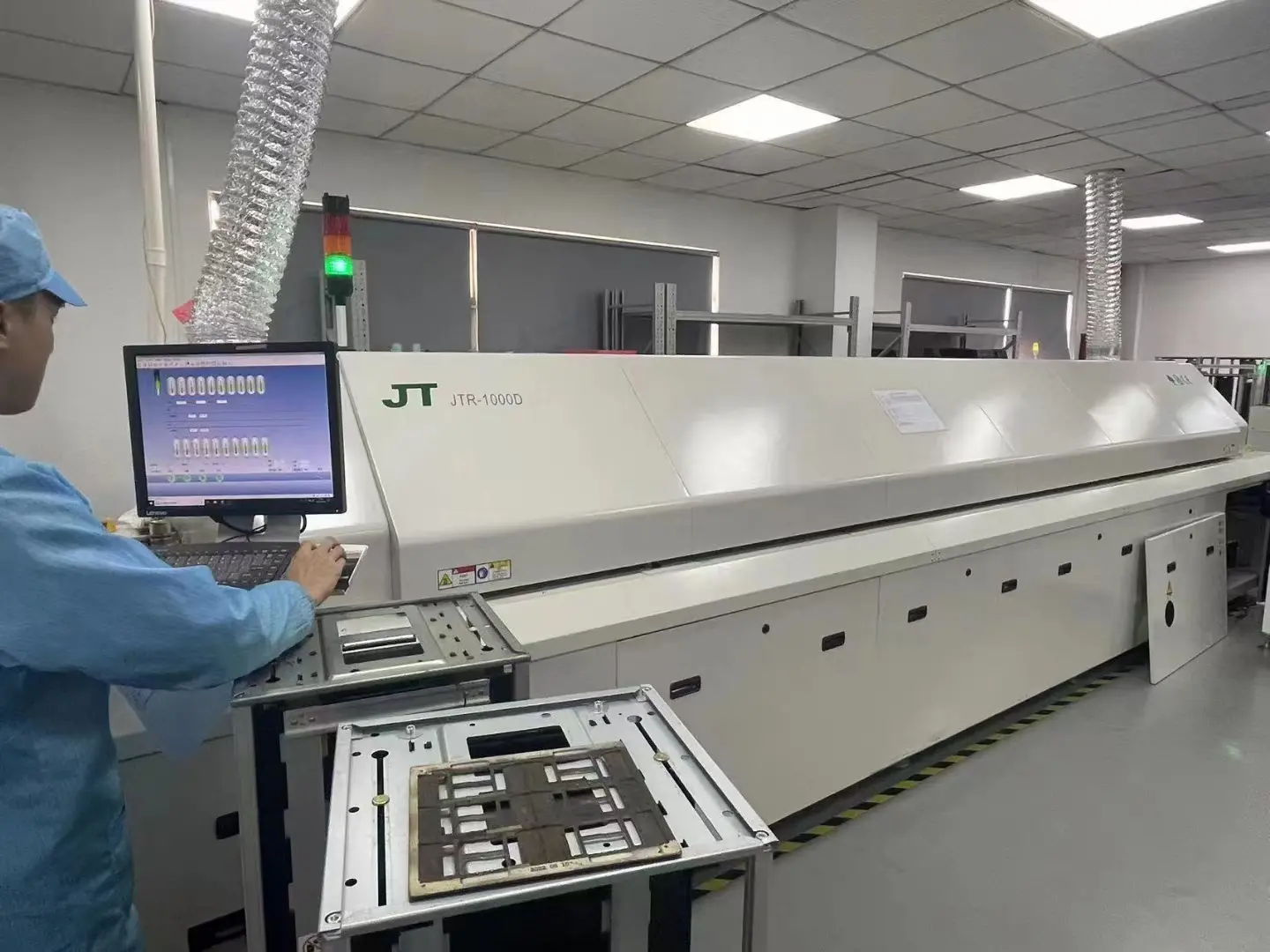
Goals of Reflow Soldering
The reflow process aims to satisfy two goals, the first of which is more traditional, including:
Maximum Flexibility
Reflow soldering is used to achieve maximum flexibility in soldering various components while minimizing the changeover time. Moreover, it offers uniform, durable, and perfect solder joints.
The second goal has a broad scope and includes
Reduce Stress and Damage
Reflow soldering can minimize the movement of parts during the soldering process. Consequently, it can reduce stress and damage to the PCB and SMD components.
If you want to achieve the above goals, then you need a proper understanding of the reflow process and the methods to modify it to ensure the product remains protected.
Let’s explore the reasons behind using the reflow soldering process.
Why Do You Need a Reflow Soldering?
In the reflow process, the machines have unique features and functions but have one main focus connecting several electric parts on a PCB.
Surface-mount Technology (SMT) Assembly
SMT assembly produces electronic circuits by placing electrical components onto the board’s surface. Reflow soldering is a critical step in SMT assembly to soldering these electrical components on circuit boards.
Ball Grid Array (BGA) Rework
BGA packages are commonly used in advanced electronic components, such as microprocessors and graphic processing units (GPUs). The reflow soldering process is used to repair damaged BGAs or replace them with new ones.
Lead-free Soldering
Due to environmental concerns, the lead-free soldering process is used for many electronic products. Reflow soldering is used to melt the lead-free solder paste made of copper, silver, and tin.
Through-hole Technology (THT) Assembly
The reflow process can also be used for through-hole components. These components are mounted on the PCB and soldered using reflow soldering.
Flexible PCB Assembly
Flexible printed circuit boards (PCBs) are widely used in medical devices and wearable electronics. The reflow soldering process connects the components on flexible PCBs, which can bend and twist.
Final Thought
Reflow soldering is used in various technologies due to its high-quality soldering process. It offers more precise temperature control to save time and improve consistency in the soldering process. It is cost-effective as it consumes less power. The reflow process is crucial in modern electronics manufacturing as it assists in complex and reliable electronics products. Furthermore, it reduces the risk of defects or errors and prevents you from damaging your components. Through this, you can get better results and greater satisfaction with your work.
Want to take advantage of reflow soldering machines? Here, contact us. Our professional staff will teach you everything about soldering machines.

